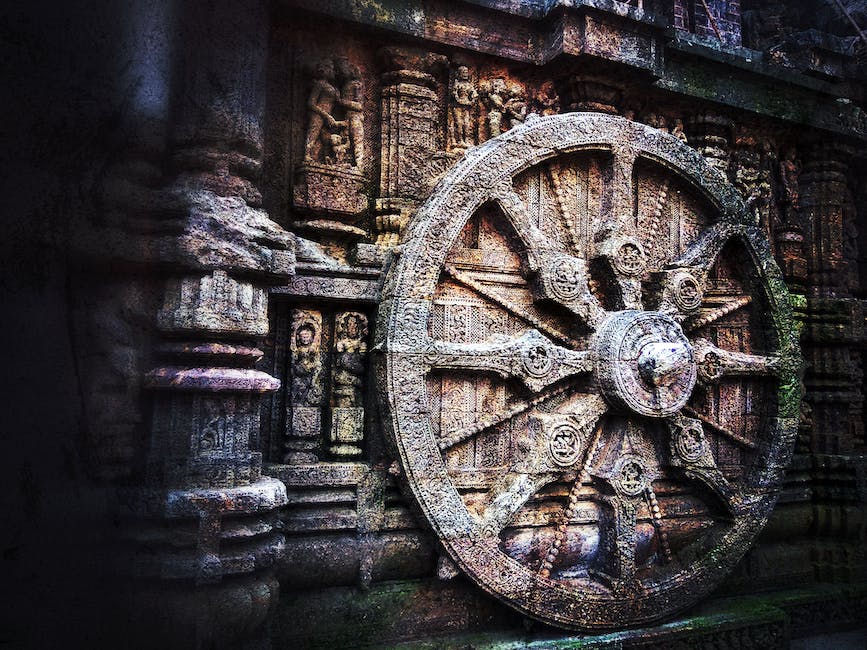If you’re a Rust player, you know that rust lag can be a huge pain. It’s frustrating, and can often ruin your game experience. But what is rust lag? And more importantly, how can you fix it?
Rust lag is caused by a number of factors, including poor internet connection, outdated drivers, and running too many programs at once. But don’t worry – there are a few things you can do to reduce or even eliminate rust lag.
In this blog post, we’ll guide you through some tips on how to fix rust lag on Windows, Mac, and Linux. We’ll also provide some general troubleshooting advice so you can get back to playing Rust without any lag!
What is rust lag and how can I fix it?
What causes rust lag?
Rust lag is caused by a number of factors, including poor internet connection, outdated drivers, and high graphics settings.
How can I fix rust lag?
There are a few things you can do to try and fix rust lag. First, adjust your graphics settings and lower them if possible. Second, change your power settings to ‘High Performance’. Third, close any unnecessary programs running in the background. Fourth, update your drivers. Fifth, run a virus scan to make sure there are no malware or viruses causing the issue.
How to fix rust lag on Windows?
Adjust your graphics settings
If you’re experiencing rust lag, one of the first things you should try is adjusting your graphics settings. Depending on your computer’s specs, you may need to lower some of the graphical details in order to reduce the strain on your system. You can do this by opening the ‘Settings’ menu in game and navigating to the ‘Graphics’ tab. From here, you can experiment with different settings to see what gives you the best performance.
Change your power settings
Another potential cause of rust lag is an incorrect power setting. Your power setting can impact how much resources your computer allocates to games, which can in turn cause lag. To change your power setting, go to Start > Settings > System > Power & Sleep > Additional Power Settings. This will open up the Control Panel where you can change your power settings. We recommend setting it to ‘High Performance’ for the best gaming experience.
Close unnecessary programs
If you’re still experiencing rust lag after adjusting your graphics and power settings, it could be because you have too many programs running in the background. Take a look at the Task Manager (press Ctrl+Shift+Esc) and see if there are any programs using up a lot of CPU or memory resources. If so, try closing them to see if that improves performance. It’s also a good idea to close any other programs that you’re not using before starting up Rust; this will free up valuable resources for the game.
Update your drivers
Out-of-date drivers can also lead to rust lag, as they may not be optimized for the latest version of Rust or for your computer’s hardware. To check if your drivers are up-to-date, open Device Manager (press Windows key + X then click Device Manager) and look for any devices with a yellow exclamation mark next to them; this indicates that they need updating. Alternatively, you can use a driver update tool like Driver Easy to scan for outdated drivers and update them automatically (this is recommended as it takes care of everything in one go).
Run a virus scan
If you’re still experiencing rust lag, it could be because your computer is infected with a virus or other malware. This can lead to all sorts of performance issues, so it’s important to run a virus scan and remove any malicious software that you may have. We recommend using a trusted antivirus program like Norton or McAfee; these will scan your computer for viruses and remove them automatically.
How to fix rust lag on Mac?
Adjust your graphics settings
If you’re experiencing rust lag, one of the first things you should try is adjusting your graphics settings. To do this, launch the game and click on the “Settings” button in the main menu. In the “Graphics” tab, lower the quality settings for both “Anisotropic Filtering” and “Anti-Aliasing”. You can also try disabling shadows altogether. If these changes don’t help, you can also try lowering the resolution or playing in windowed mode.
Change your power settings
Another potential cause of rust lag is your Mac’s power settings. By default, Macs are set to automatically switch between performance and efficiency modes depending on what’s plugged in and what’s being done. However, this can sometimes lead to decreased performance in games like rust. To change your power settings, open System Preferences and click on “Energy Saver”. From here, you can either disable automatic switching entirely or set it to only switch when the battery is low.
Close unnecessary programs
If you’re still experiencing rust lag after adjusting your graphics and power settings, another potential culprit is other programs running in the background. While Macs are generally good at managing resources, having too many programs open at once can still lead to decreased performance. To close unnecessary programs, right-click on their icons in the Dock and select “Quit”. Alternatively, you can press Command+Q while focused on the program’s window.
Update your drivers
Out-of-date drivers can also cause performance issues in games like rust. To check if your drivers are up-to-date, open System Preferences and click on “Software Update”. If any updates are available, install them and then restart your computer. You can also check for updates directly from the website of your computer’s manufacturer or that of your graphics card (if you have one).
Run a virus scan
If you’re still experiencing lag after trying all of the above solutions, it’s possible that your computer is infected with a virus or other malware. To scan for viruses on a Mac, launch the “Activity Monitor” application (located in “/Applications/Utilities”). Click on the “All Processes” drop-down menu and then select “My Processes”. Next, click on the “View” menu at the top of the screen and select “Columns”. Check all of the boxes under “CPU”, as well as any others that look suspicious to you (e.g., I/O if it’s high). If any process is using an unusually high amount of CPU resources, force quit it by selecting it and clicking on the “x” button at the top left of the window.”
How to fix rust lag on Linux?
Adjust your graphics settings
If you’re experiencing rust lag on Linux, one of the first things you should try is adjusting your graphics settings. Depending on your system, you may be able to improve performance by lowering the resolution or turning off certain graphical effects.
Change your power settings
Another potential cause of rust lag on Linux is poor power management. Make sure that your system is set to “High Performance” mode and that any energy-saving features are disabled.
Close unnecessary programs
Another way to reduce rust lag on Linux is to close any unnecessary programs that might be running in the background. This includes things like web browsers, music players, and chat applications.
Update your drivers
Outdated drivers can often lead to performance issues, so make sure that you’re using the latest versions of all your device drivers. You can usually find the latest drivers for your video card and sound card on the manufacturer’s website.
Run a virus scan
viruses and malware can often cause performance problems, so it’s always a good idea to run a virus scan if you’re experiencing any type of lag. There are many free antivirus programs available for Linux, so there’s no excuse not to have one installed!
Rust lag can be a frustrating problem, but there are a few things you can do to try and fix it. First, adjust your graphics settings and change your power settings. Close any unnecessary programs and update your drivers. Finally, run a virus scan to make sure there’s nothing else causing the problem.
If you’re still having trouble, there are a few other things you can try. On Windows, you can try changing your power settings or updating your drivers. On Mac, you can try closing unnecessary programs or updating your drivers. And on Linux, you can try adjusting your graphics settings or changing your power settings.
If you’re still experiencing rust lag, there are a few final things you can try. You can disable certain features in the game, like shadows or anti-aliasing. You can also try lowering the resolution or playing on a server with fewer players.
Hopefully one of these solutions will help you fix rust lag once and for all!
- Why This Dairy and Gluten-Free Breakfast Will Change Your Mornings - July 31, 2025
- The Best Damn Hash Browns You’ll Ever Make - July 31, 2025
- How to Deagle in Csgo - July 31, 2025





